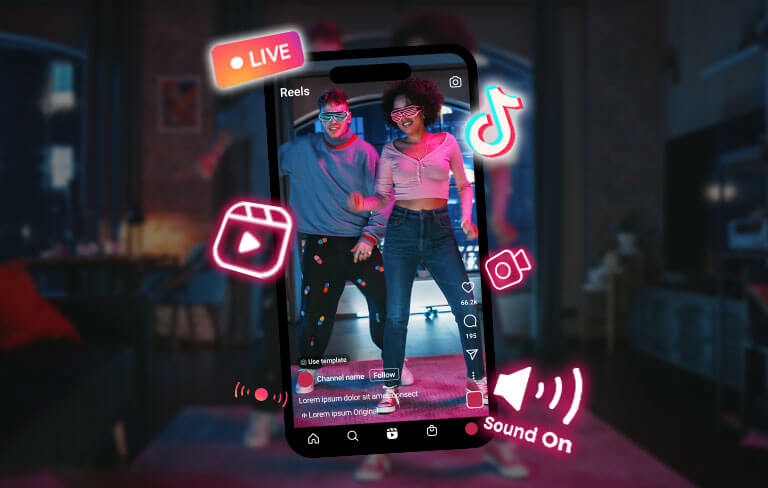When social media first started, it was designed for people to connect with one another. However, as the user base of the platform established and grew, the platform needed to be monetised. Therefore, brands found the opportunity to participate and reach their customers in a new way. At the present time, it seems unimaginable for a business or brand to run without any social media presence.
Globally, the COVID-19 pandemic and subsequent lockdown has significantly impacted the consumer digital trends and dramatically changed the everyday behaviour of billions of people. Consumers are obligatory to stay at home and are switching to digital channels for purchases. Many retailers have been required to start an online presence as their shops had to remain close for months. 37% of consumers in Singapore have increased their online shopping activities.
Why Social Media is Important for E-commerce
Social Media has become an integral part of the omnichannel e-commerce marketing ecosystem. Immense reach is not the only reason, but social media platforms such as Facebook and Instagram, also have the sheer volume of traffic and sales that other referral channels may not have.
There are 2.7 billion monthly active users on Facebook, which make it the biggest social network worldwide. Facebook allows brands to create a “Shop Now” tab on a business page, which is able to link users directly to shop on Facebook or direct them to their e-commerce site. As for Instagram, the sale power is derived from its image-centric nature. Retailers can tag the products shown in the image, highlighting the product name, price and purchase link. All these functions are completely free for brands to utilise which generates insights on clicks, views and purchases.
Why does your content matter?
The entire shopping experience from the discovery of brand and product and research may take place on the social media platforms. A user might discover your product on your Instagram feed and hit the “shop now” button and complete the purchase right away. Therefore, it is important to
curate the content on your social media feed as they create shopping opportunities for the users. This process removes friction in the consumer journey. The users see it, click it and buy it! Brands can always utilize social media to reach out to potential / new customers and it should not deviate too much from how a consumer uses the platform. For example, Instagram is a visual led platform so brands should use attractive visuals and relevant hashtags in the posts to help achieve greater brand visibility.
Here are 3 tips and tricks for an effective consumer journey:
- Create interactive content to engage with your audience. Your brand needs to offer value and interesting content. Post on your social channels consistently so consumers will not forget about your brand. Be human and authentic where you answer your follower’s questions to help them move forward with their shopping journey.
- Encourage your followers to leave their review. 60% of online shoppers in Singapore rely on search engines to make a buying decision. 29% of shoppers rely on the internet for reviews to purchase a product or service.
- Understand consumer behaviour and keep the consumer journey as simple as possible. It is good to keep a close eye on the comments and reviews of your brands and products and respond or offer customer service when necessary. By understanding your consumers well, the brand will be able to create and curate content that is interesting and relatable so users will share your content with others which helps with Word-of-Mouth.
Social media helps consumers to discover a brand, read reviews, receive referrals (word of mouth) from trusted sources and shop. As the online landscape is changing constantly, it is also important to stay up-to-date on trends.





